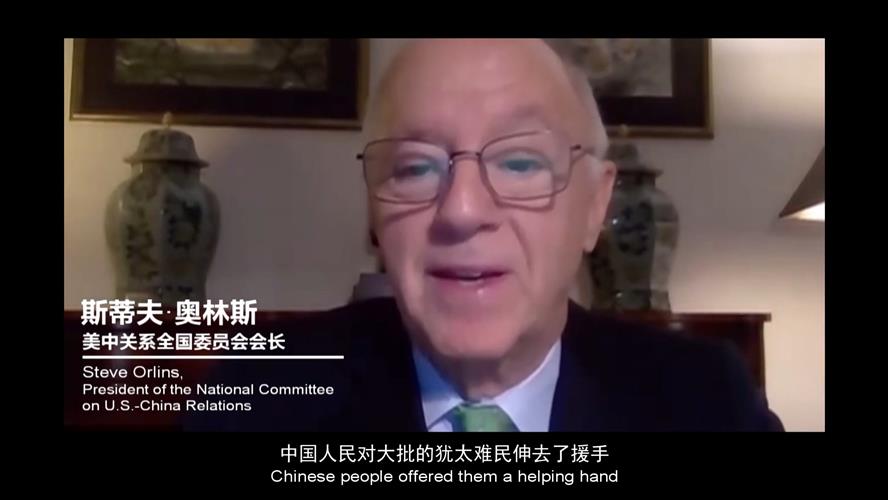Review
The Opening Ceremony of the Newly-Expanded Shanghai Jewish Refugees Museum
Time:2020/12/17 14:58:10
On December 8th, the Shanghai Jewish Refugees Museum held a grand reopening ceremony. Government officials and consuls from many countries jointly cut the ribbon and unveiled the new museum. Guests were amazed and excited by the new look of the museum after the expansion.
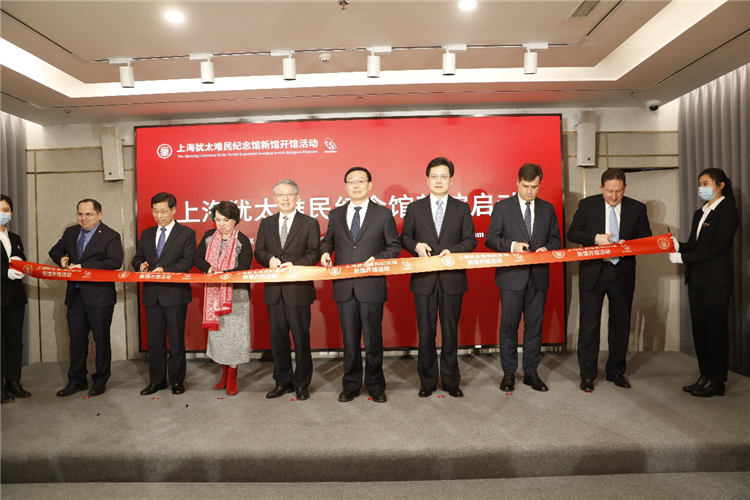
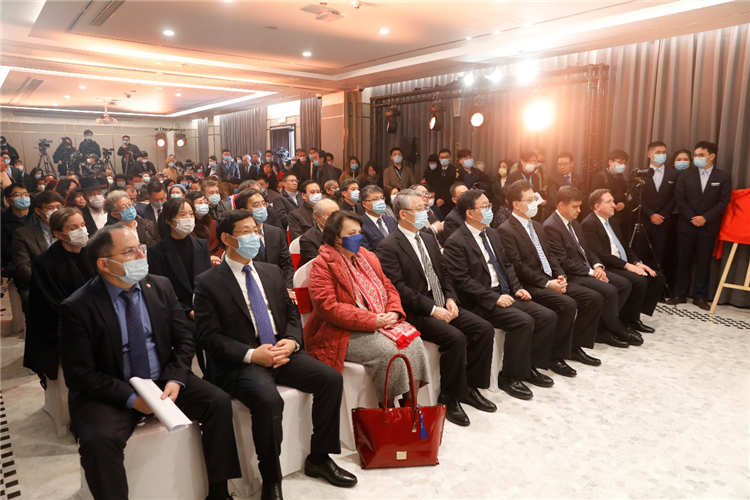
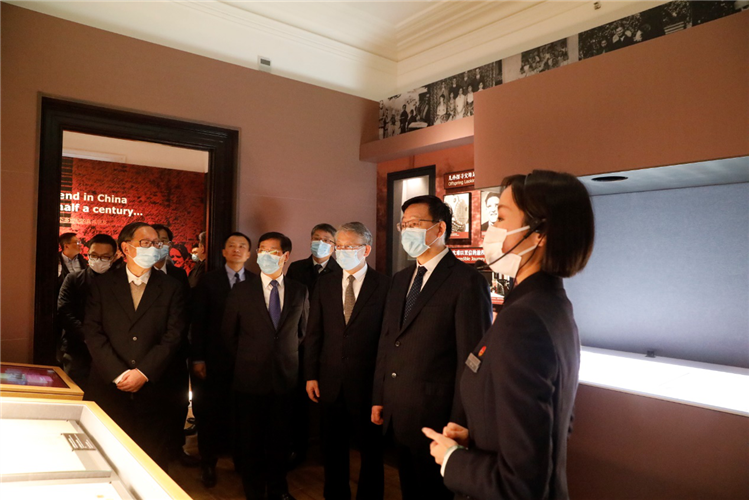
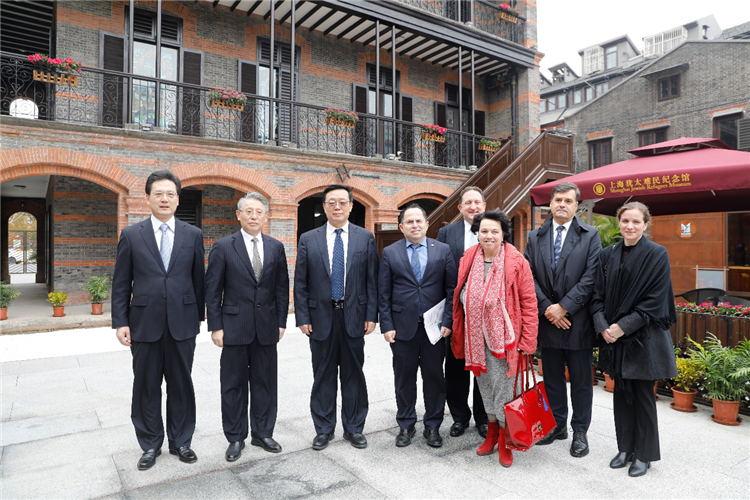
The museum has been fully upgraded, covering an area of more than 4,000 square meters, and housing nearly 1,000 exhibits. After 3 years of renovation, the Shanghai Jewish Refugees Museum opened to welcome visitors again. Knowing that the museum was about to reopen, Jews from all over the world were eager to give their best regards. Mo Yan, Nobel Prize winner in literature and prominent Jewish figures, sent letters and recorded videos to congratulate the museum.


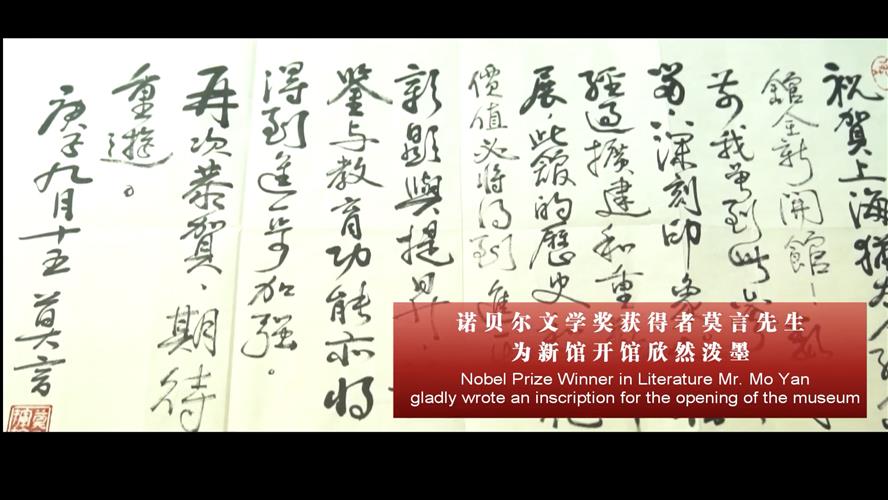
Sidney Ganis, former President of Paramount Pictures said in his video that he was happy and grateful to the men and women who lifted it during World War II and created the history we can experience today, and to the Chinese government for seeing to this complete and beautiful renovation, and to the men and women of the Museum who actually carried out that renovation.
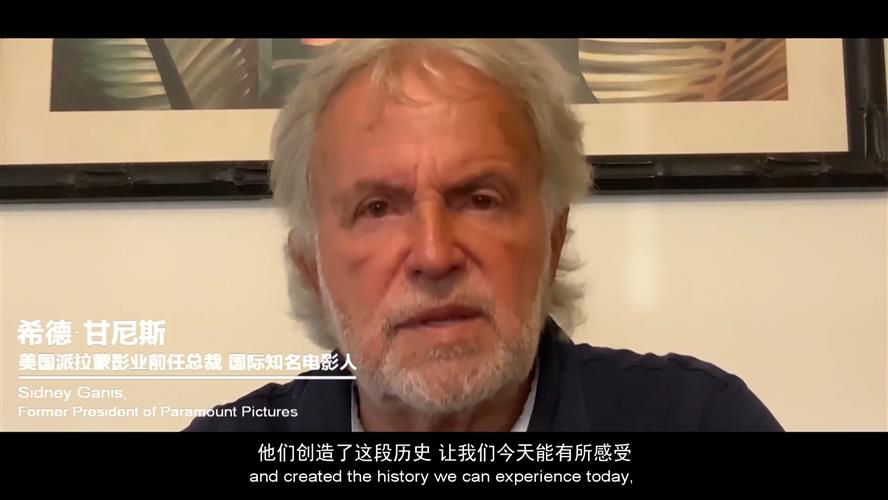
Aaron Ciechanover, Israeli physician and a biologist, and the Nobel Prize laureate in Chemistry in 2004, congratulated from the depth of his heart the creator, the management and the entire teams of workers of the museum that are involved in the reopening of the Shanghai Jewish Refugees Museum in expanding its exhibits and in showing it to the entire world.

Arthur Schneier, President of the Appeal of Conscience Foundation, said thank you, to the city government and Chinese authorities for helping make the historic museum possible. He believed that Shanghai had to be remembered, as a place of refuge, as a place of haven, for over 20,000 German-Austrian Jews. He wanted to return to Shanghai and go through and see the wonderful expanded Shanghai Jewish Museum in Hongkou that used to be the location for Jews who found their haven.
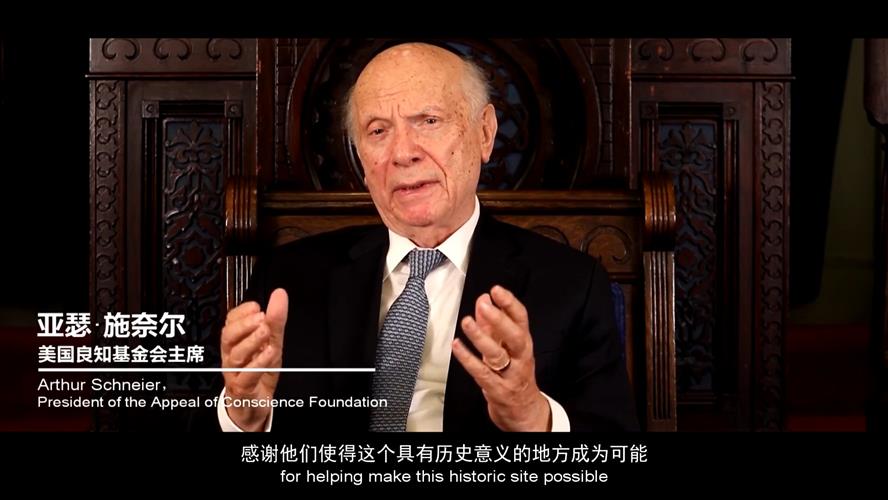
Jack Rosen, on behalf of the American Jewish Congress, and the whole Jewish community in the United States, expressed deepest gratitude to the Chinese people that helped and sheltered thousands of Jewish refugees during war. He also thanked the government for its efforts to preserve this important part of history. He believed that the museum will keep playing an active role in future cooperation between the Jewish and Chinese people.

Omer Yankelevich, Diaspora Affairs Minister of Israel, said that Shanghai is a city of special significance to the people of Israel and to all the Jews of the world. It served as a refuge for thousands of Jews and gave hope in a time when the gates of the whole world were closed to Jews during the most difficult war in the history of the Jewish people. She was happy to see the Shanghai Jewish Refugees Museum reopening. It serves as evidence of the ongoing connection between the Jewish people, the State of Israel and Shanghai and China.
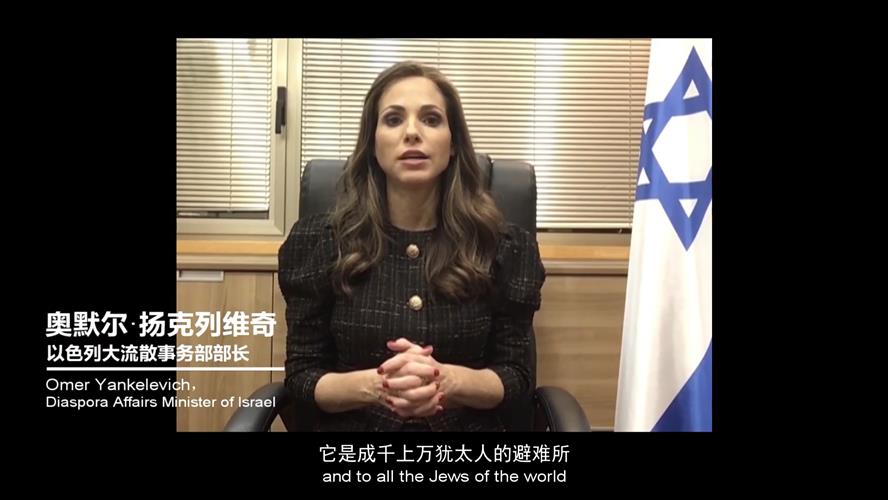
Laurence Tribe, Professor of the Harvard Law School said that he was delighted that the Shanghai Jewish Refugees Museum was reopening. He owed his life to Shanghai’s refuge. He was born there in October 1941. His parents were Jewish refugees from Holocaust and the pogroms, and the rest of his life has been possible because that harbor was made available.
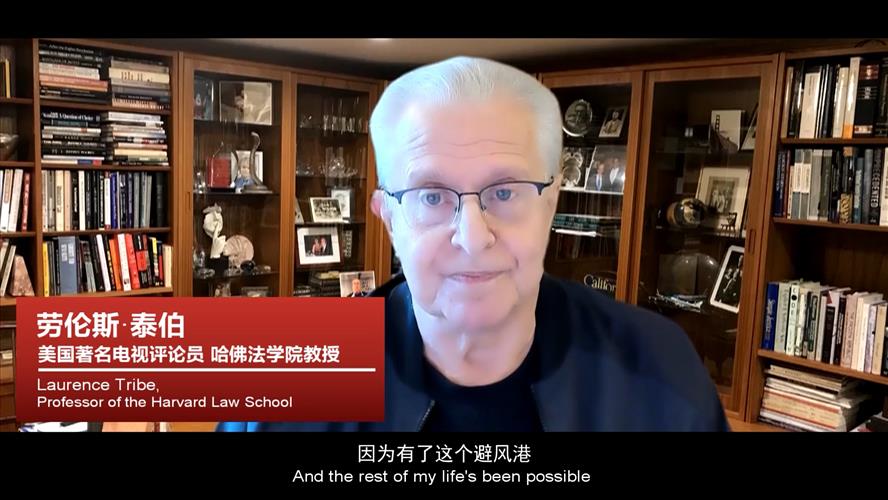
Steve Orlins, president of the National Committee on US-China Relations, said that as a Jewish American, he was always deeply moved by the generosity of the Chinese people in protecting thousands of Jews from the Holocaust at the time when too few stood with these refugees, China did. Let this museum be a lesson to the world.
